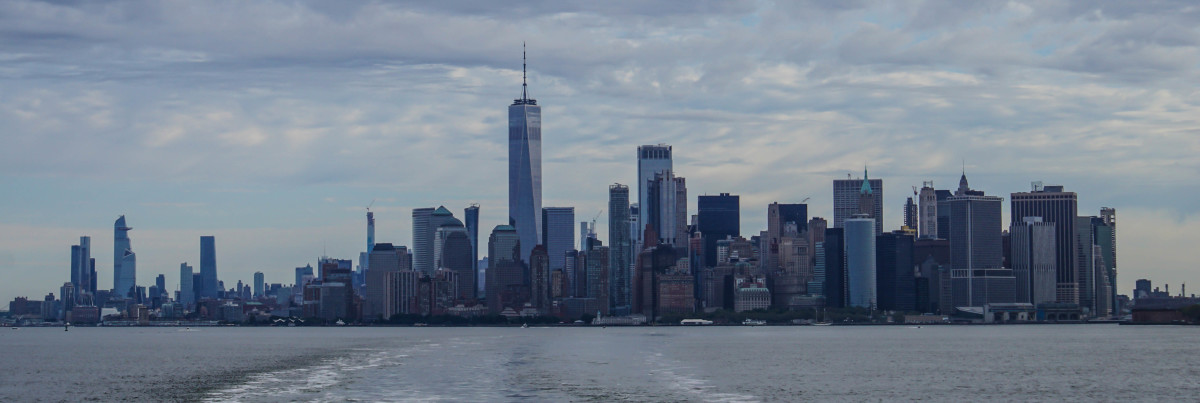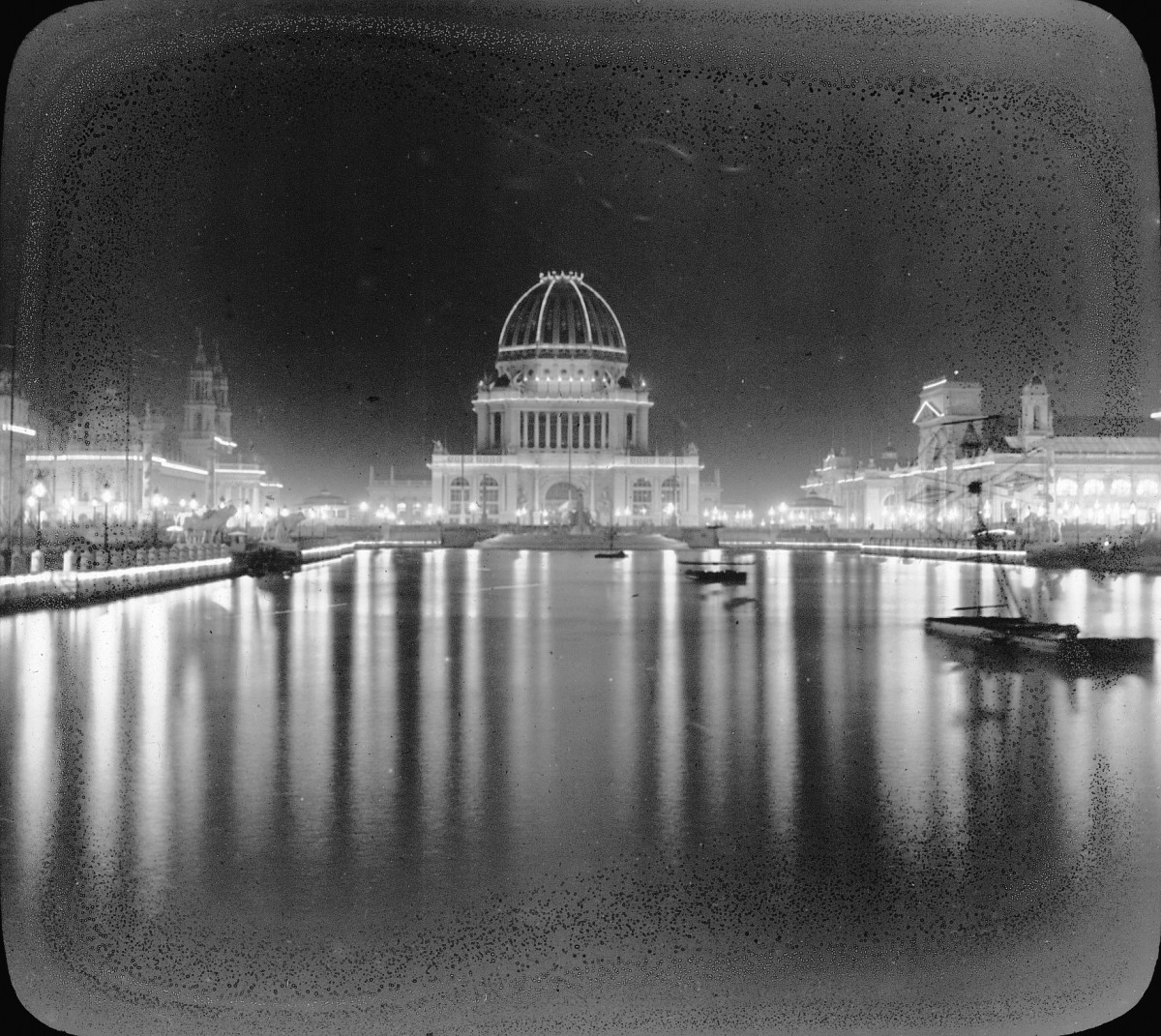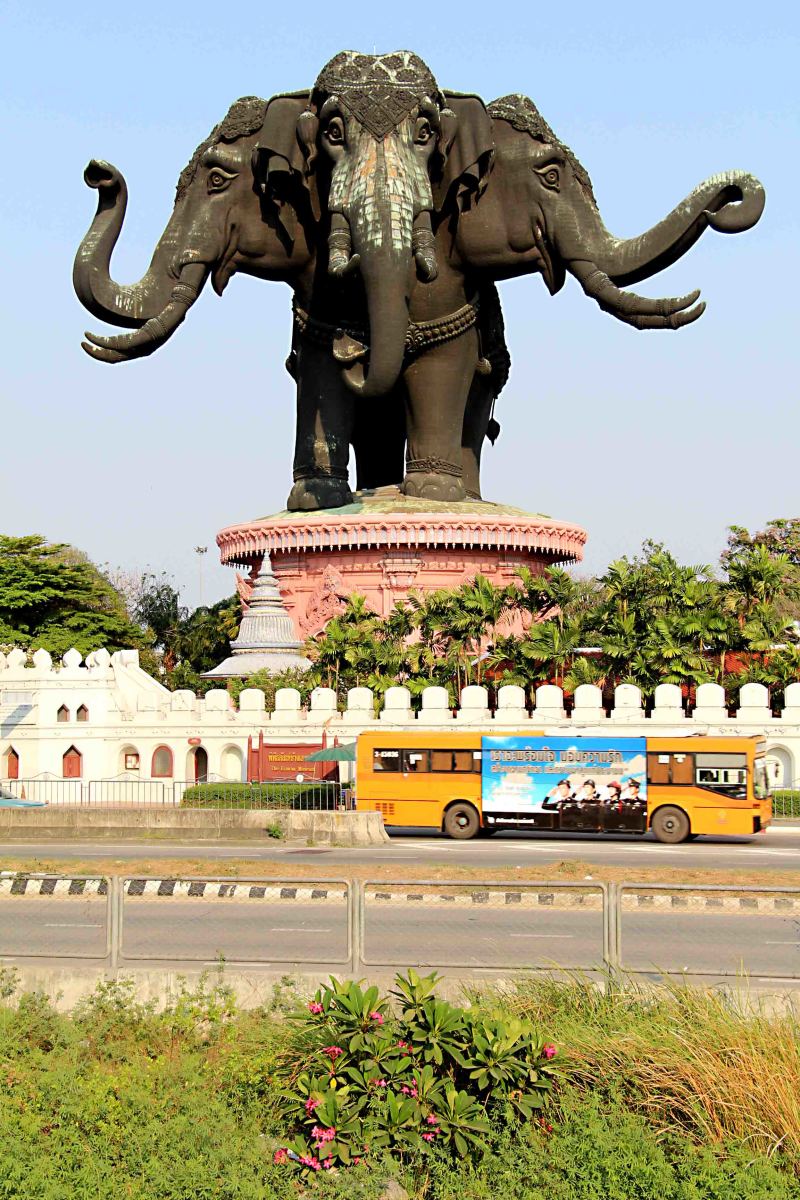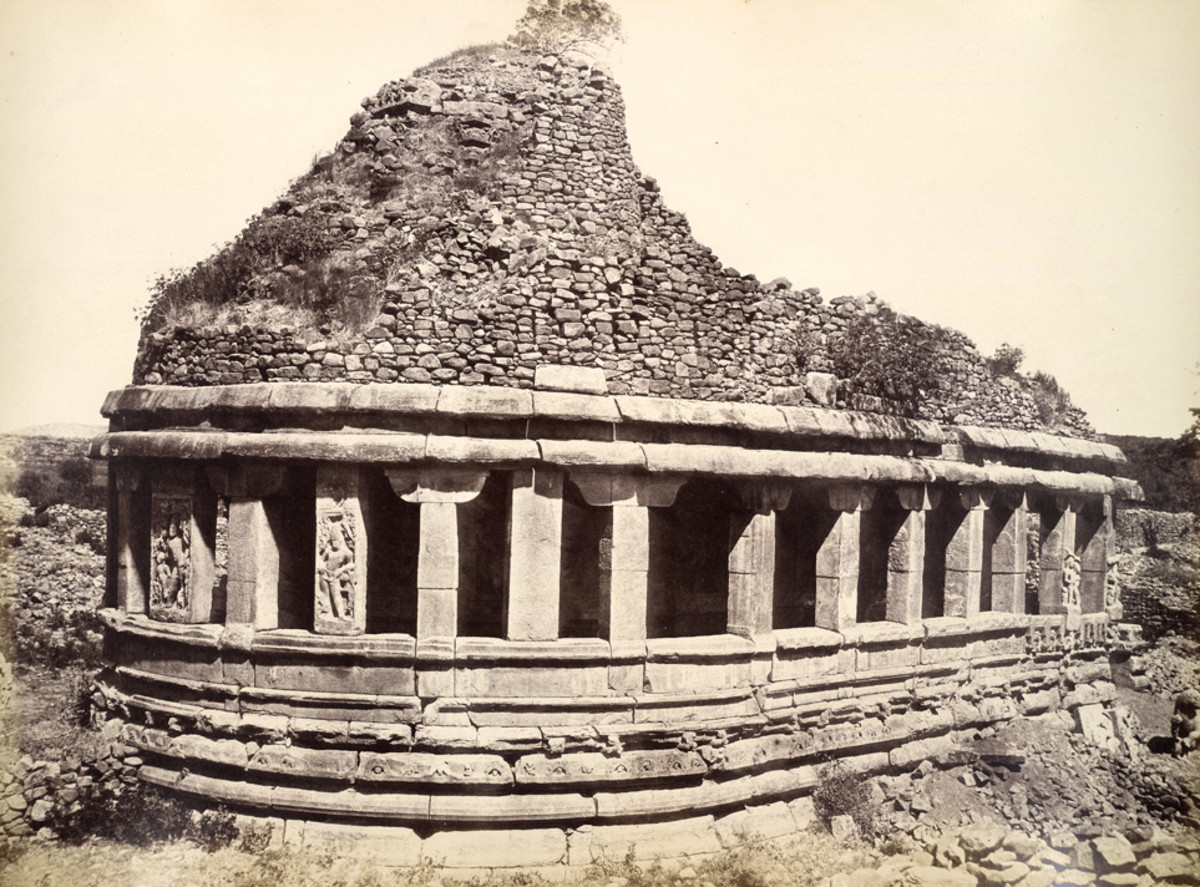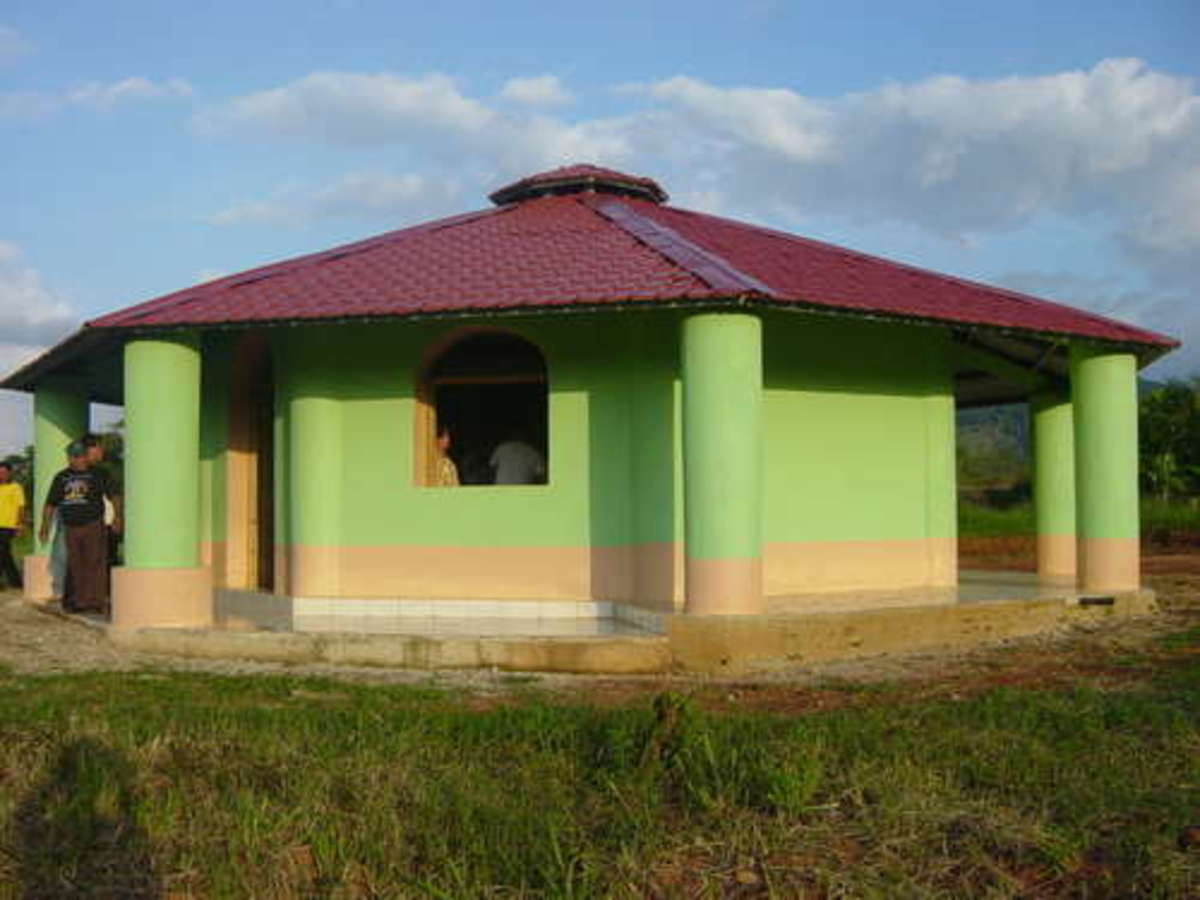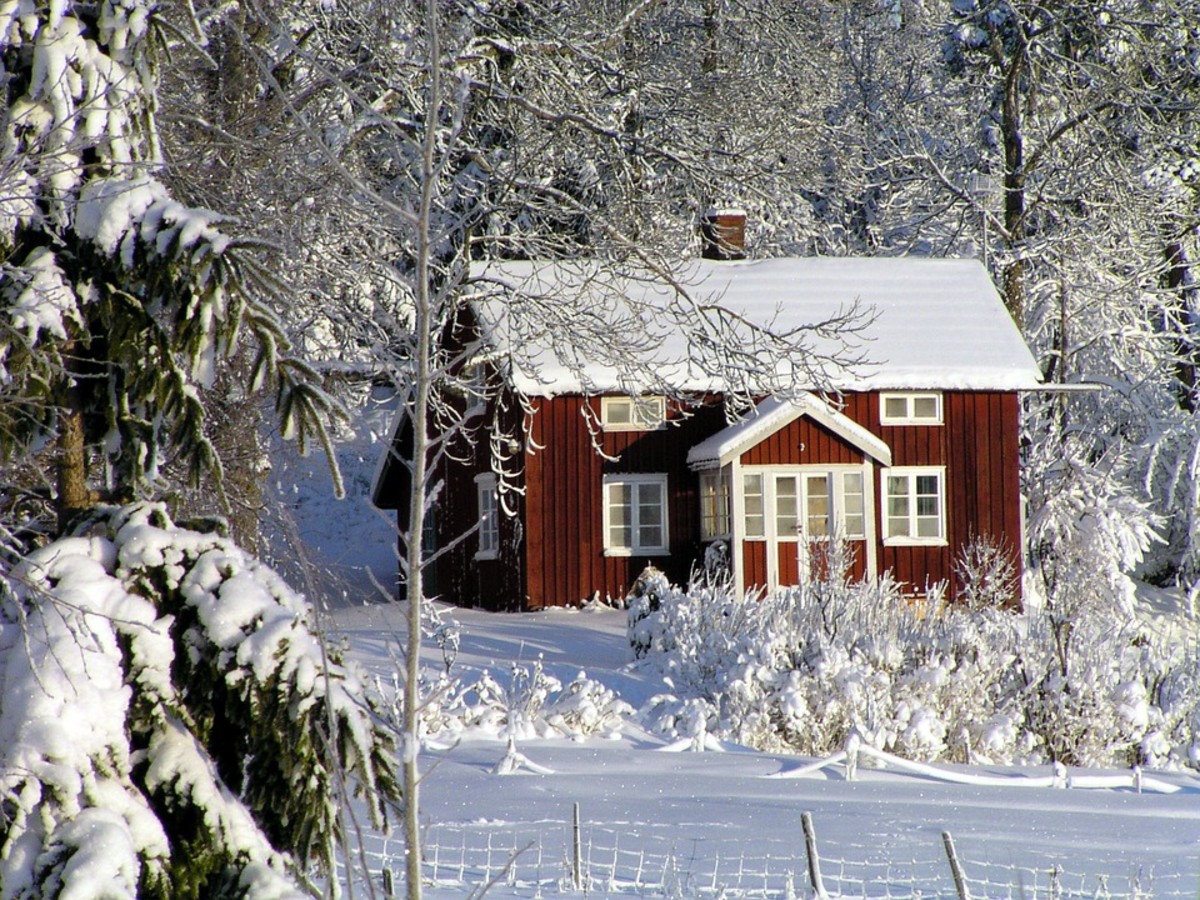The World's Most Amazing Buildings
2009 Cool Buildings
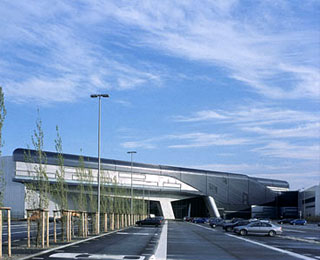
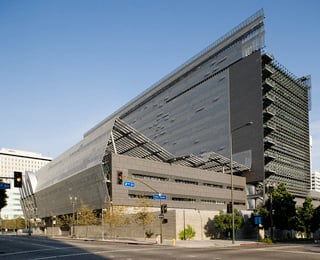
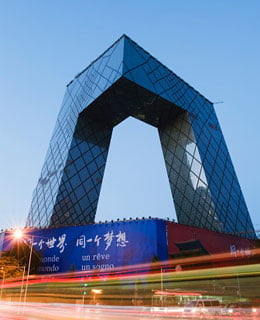

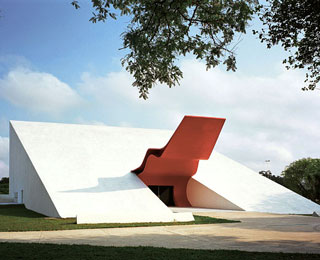
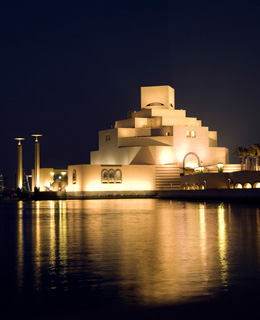
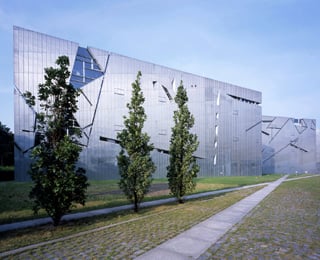
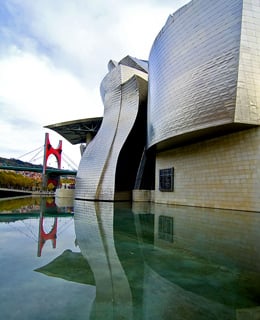
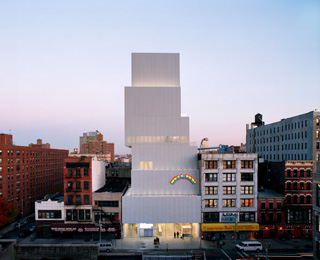
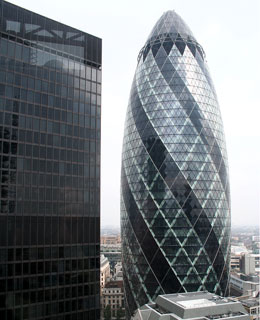
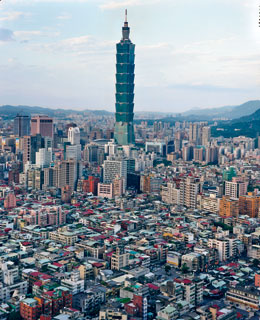

Admire it inside and out
Major cities around the world are often recognized because of their buildings that exude uniqueness and commercialism. We've seen gravity-defying designs that we cannot believe to be functioning so well in reality. So, how about joining me to take a dose of my hub as we sample those slick outputs that are creating stirs, "owss" and "ahhs" around the world.
Note: It's not the skycraperness , but the coolness of the building that counts. You be the judge of its worthiness.
AMAZINGNESS: London Architects don't want to brag about their achievements in building modification, but you will take a closer look at their newest office tower nicknamed “the Gherkin” for its cucumber dimensions—which is of total sophistication.
Details: Diagonally striped bands of two shades of blue run almost the length of St. Mary’s 41 stories, which taper to a point. The triangular panes, of some 260,000 square feet of glass, form a captivating one-of-a-kind mosaic. And workers can crank them open for breezes, which wins this edifice points for greenness, too.
Travel Advisory: The spire’s white-tablecloth eatery is open only to those who work onsite. However, anyone can drink a toast to architecture in the first-floor bar.
Proximity: My only connection in London was the International Airport for my connecting flight. I've seen the brochure of the building, but never been there personally. I've been to Holyhead, Wales and Liverpool, England as part of our work itinerary (being a crew in a commercial vessel).
2) Auditório Ibirapuera, Sao Paolo, Brazil
Architect: Oscar Niemeyer
AMAZINGNESS: It is called the "wiggling tongue".The United Nations building co-designer Oscar Niemeyer (a centenarian) conceived the Auditório Ibirapuera in 1951 for Sao Paolo’s 400th anniversary, but it wasn’t completed until 2005, after $12.8 million in funding materialized. (Fortunately, Niemeyer lived to see it—he’s now 101 years old.)
Details: As you can see, commercialism hasn’t tampered the building’s offbeat, utopian spirit. With a doorstop shape and a wiggling tongue of a red-metal marquee, the venue also features a 60-foot-wide backstage panel that can open to allow for free outdoor concerts.
Travel Advisory: Enjoy the exterior from a blanket in the park, or buy a ticket to get a peek inside.
Proximity: I've always wanted to go to Brazil, but our next voyage is always cancelled whenever loading plan is presented to the crew by our master. My nearest contact with Sao Paolo was only bunkering operation at sea where a bunker vessel loaded diesel fuel to our ship.
3) Taipei 101, Taipei, Taiwan
Architect: C.Y. Lee and Partners Architects
AMAZINGNESS: Taiwan defied the odds of constructing the Taipei 101. For years, Taiwan, like much of eastern Asia, shunned skyscrapers over worries that earthquakes or typhoons might topple them.
Details: But new, high-grade mineral-flecked concrete that allows buildings to grow tall without sacrificing strength was put to ample use in this 2004 dart. At 1,667 feet, Taipei 101 is the planet’s tallest building—and will stay that way until Burj Dubai debuts later in 2009.
Travel Advisory: Shops fill the lower levels, but the views are the reason to come. Take the elevators—the world’s fastest—to the 89th floor to see a Volkswagen Beetle-size pendulum that keeps the building from shaking.
Proximity: I've been to Taiwan twice, particulary in the town of Mailiao, province of Kaoshiong. Taipei is more than two hours away, specifically the airport. From there, you can see this tallest edifice waiting to be explored.
4) The New Museum of Contemporary Art, New York City
Architect: Kazuyo Sejima and Ryue Nishizawa/Sanaa
AMAZINGNESS: They're more vocal in promoting their modern buildings. Before the current bust, New York’s building binge was perhaps unequaled among Western cities. Breaking a tradition of using local talent, the city also signed up architects from overseas to freshen its look, such as this Japanese team, whose metallic 174-foot stack of six off-center boxes has no obvious peer.
Details: Inside the New Museum, tiny galleries eschew windows to maximize wall space, allowing for more art. And the brick-and-terracotta neighborhood visible from a seventh-floor terrace emphasizes the building’s fish-out-of-water status.
Travel Advisory: Tickets are $12; lolling in the lobby is free.
Proximity: Seafarers always admire the Statue of Liberty whenever we have a loading or discharging operations in the city. Long Island and Howland Hook were always our port destination.
5) Turning Torso, Malmo, Sweden
Architect: Santiago Calatrava
AMAZINGNESS: It's really real!!! Frank Lloyd Wright used some guesswork to make sure Fallingwater didn’t fall; today, computers do the heavy lifting. They also permit farfetched forms that may have once worked only on paper, such as this 2005 building, which makes a genre-defying 90-degree clockwise rotation as it rises.
Details: Like many recent horizon-altering structures, Turning Torso combines a mix of uses, which has been a sure way for development to get funded; in fact, the 656-foot high-rise, which is Scandinavia’s tallest, tucks offices on floors one through 10, and apartments above them, allowing in-house commutes.
Travel Advisory: There are no tours, but 30-person talks take place on the 7th floor (free, with reservations). The next-door shopping mall has an interactive exhibit on the tower, plus restaurants.
Proximity: Our ship's technician from Sweden told us about this building. He said that it's one of the tourist attractions in his country. Not to mention the singing group ABBA.
6) Museum of Islamic Art, Doha, Qatar
Architect: I.M. Pei
AMAZINGNESS: Packed with 1,200 years of sextants, silk carpets, and elaborately detailed pitchers, the Museum of Islamic Art dedicates only 10 percent of its space to galleries.
Details: Much else is left open, like a soaring 164-foot central atrium topped with a tiny round skylight that evokes the Cairo mosque on which the stone building was modeled. Alongside Doha’s partly built high-rises in a development-crazed region, the museum’s clean, elemental masses—which evoke an earlier Middle East—can seem quaint.
Travel Advisory: Open daily at 10:30. Tickets are free.
Proximity: I've been to Doha, Qatar twice, but only at the loading port of petroleum. The city is still two hours away, according to Filipino workers who were there.
7) Jewish Museum Berlin, Germany
Architect: Daniel Libeskind
AMAZINGNESS: It's time to laugh and celebrate their freedom. Despite an understandably grim Holocaust focus, the Jewish Museum Berlin’s 2001 addition has the logic of a carnival fun house.
Details: There are twisting halls, angled floors, and rooms whose windows are diagonal slits. Outside in the “Garden of Exile,” 49 olive-tree-topped columns tilt 12 degrees sideways by the addition’s sharply pointed walls, which from above suggest pieces of a Star of David. Disorientation is the desired effect, according to Libeskind, to echo what World War II–era Jews felt before being shipped to death camps.
Travel Advisory: Open daily at 10 a.m.; admission is $6 for adults.
Proximity: Recently, our ship discharged cargo in Hamburg and Brusbuttel cities. I could visit my aunt in Koln (Ko-lon) by bullet (jet) train, but my master never permitted me to do so.
8) de Young Museum, San Francisco
Architect: Herzog & de Meuron
AMAZINGNESS: Super-imposed metals. Some architects try metal cladding, but these two nail it. At the four-year-old de Young, they skip traditional glass and steel for 950,000 pounds of perforated copper, which fog hasn’t yet turned green.
Details: The brown hue of the chunky nine-story tower, which rises from palms in Golden Gate Park, suggests a Mayan temple. Rooms, too, buck convention, with plenty of non-linear surfaces for Hudson River School landscapes. And ferns brush courtyard windows, which underscores the lush setting.
Travel Advisory: Open Tuesday through Sunday; tickets are $10.
Proximity: Passing the San Francisco Bridge and discharging at Martinez County was my hands-on experience in the city. We've also received provisions near the bridge. Some of my friends visited the Hollywood in Los Angeles, too. We always anchor our ship near Long Island, Los Angeles.
9) China Central Television Headquarters, Beijing
Architect: Rem Koolhaas/Office of Metropolitan Architecture
AMAZINGNESS: What a way to broadcast the news! I think, Chinese media moguls really think twice taking a nod to build the "Cube". No two layouts of its 55 floors are the same. Only the Pentagon is a larger office building. Even in a country pushing architectural boundaries, this squared-off doughnut seems dizzyingly unique.It's really mind-boggling (too much).
Details: It's like one of the pieces of Lego building blocks. And next fall, visitors could stand on glass discs in a cantilevered floor and stare down 500 unencumbered feet to the street (though a February fire at the Mandarin Oriental hotel next door could push back the already-delayed opening). Of course, the design comes from Koolhaas, who’s one of the profession’s most original practitioners. Yet even he plays down its stature. “Amidst all the skyscrapers there, it’s relatively low,” said Koolhaas in 2006. “It will feel accessible.”
Travel Advisory: 11 Fuxing Road; under construction, but much to see from the streets. Tours may kick off when it opens.
Proximity: I've been to the coldest city of Dalian in China in 2007 before the Olympics event. Port workers were always telling us about the "Cube". The building will be ready next month.
10) BMW Central Building, Leipzig, Germany
Architect: Zaha Hadid
AMAZINGNESS: I believe, like other architects or building designers, that Modernism is a trend that shows no sign of ebbing—just like those ubiquitous glass-walled apartments as in Philip Johnson’s 1949 Glass House. Current architectural designers are also keen on creating factories like the BMW Central Building, whose mass-produced goods embody Modernism’s underlying aesthetic. But Hadid’s confection, which knits together three outlying workshops, seems less mechanical than organic.
Details: Grooves ridge the skin along smoothly contoured edges. Tear-shaped concrete piers below resemble bones. And the overhead conveyor belts hurriedly hauling car frames could be blood vessels, critics say.
Travel Advisory: By appointment, Mon.–Fri., and occasionally Sat.; $154 for a 30-person group.
Proximity: As a student of Drafting Technology before, we visited commercial buildings in our cities in the Philippines, studying the styles and comfort of the work areas of a commercial site, like this.
11) Guggenheim Bilbao, Spain
Architect: Frank Gehry
AMAZINGNESS: It's like seeing true ripples in the waters.The first glimpse of Guggenheim Bilbao’s rippling titanium walls in 1997 was a game-changer. Never again would paintings be displayed in humdrum hallways.
Details: Not to be left behind, museums from Denver to Davenport, Iowa, have tried to whip up a “Bilbao effect” so their own retooled or remodeled buildings might become instant landmarks, too . Bilbao also spawned the term “star-chitect,” as Gehry became an overnight object of hero worship. Ever since, developers of condos, offices and power plants have rushed to hire star-chitects, so their high-wattage imprimatur could sell products.
Travel Advisory: Open Tuesday to Sunday; tickets are $20.
Proximity: Well-known for its chorizo, Bilbao is also famous for old churches and shipyards (for us seafarers). Our ship technician from Bilbao invited us to be there (not to visit the museum but to have some drinks, hehe).
12) Caltrans 7 District Headquarters Replacement Building, Los Angeles
Architect: Thom Mayne/Morphosis
AMAZINGNESS: The name is somewhat confusing. Despite both an amusing name and less-than-glamorous function—bureaucrats plan freeway repairs in 13 stories of offices—Mayne’s silvery hulk feels airy and fantastic.
Details: Eco-friendliness explains some of the cutting-edge appeal: The southern wall is covered by photovoltaic cells that transform sunlight into electricity. And the western side boasts double-thickness glass that keeps interiors cooler than single panes could, thus obviating the need for much air-conditioning. It's really a multi-purpose building.
Travel Advisory: The public can’t go upstairs, but there is a ground-floor restaurant, Begin’s Cafe (213/620-9565; www.beginscafe.com), which offers sandwiches on reusable dishware instead of throwaway plates.
Proximity: As I said, my friends did visit the Hollywood and took videos and pictures as much as their video-cameras can handle.


